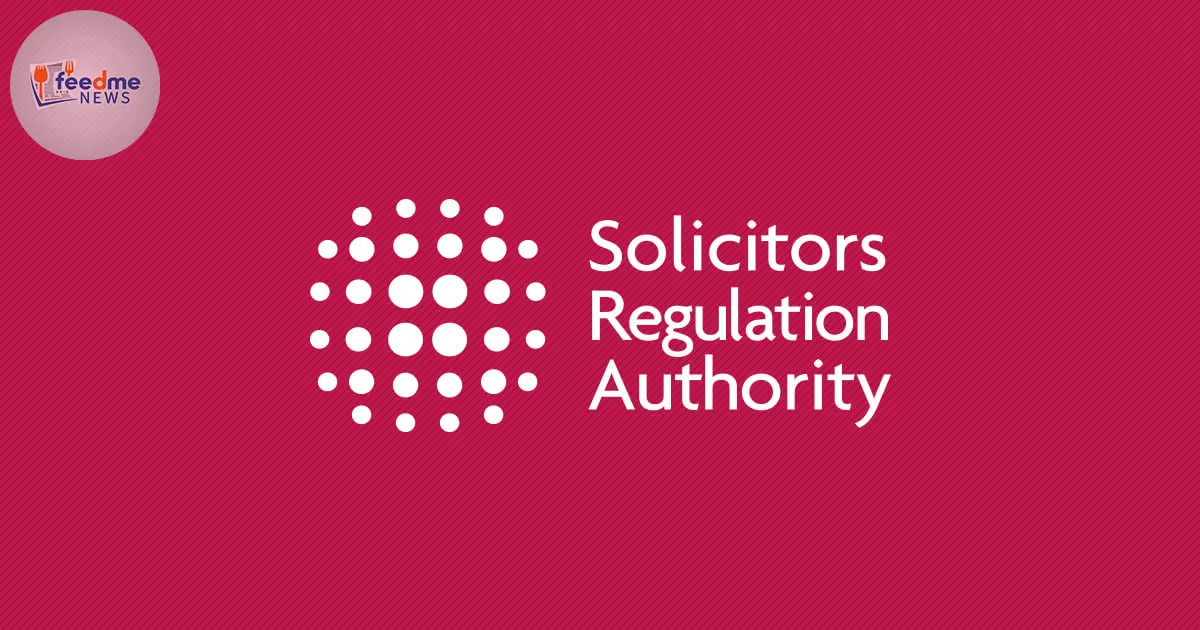The Solicitors Regulation Authority faces enforcement action after the Legal Services Board found it missed chances to act on mounting warnings about the failed Sheffield firm SSB Group. In a report highlighted on 17 October 2025, the oversight regulator said the SRA received more than 100 reports about SSB’s conduct between January 2019 and March 2024, yet did not respond “effectively or efficiently.” The LSB said the SRA “knew” the firm was failing nearly a year before its collapse. The findings raise urgent questions about risk detection, consumer protection, and the strength of frontline regulation in England and Wales. The SRA regulates solicitors and law firms. The LSB oversees frontline regulators, including the SRA, under the Legal Services Act 2007.
Context and Timing
Today’s Wills and Probate reported on 17 October 2025 that the LSB published a report on the SRA’s handling of SSB Group. The case concerns SSB Group, a Sheffield law firm that collapsed after a prolonged period of concern. The LSB examined the SRA’s decision?making across several years, focusing on reports submitted from January 2019 to March 2024 in England and Wales.

Image Source: Solicitors Regulation Authority
Oversight report flags missed regulatory chances
The LSB’s report points to repeated warnings about SSB Group’s conduct and financial health. It says the SRA received over 100 reports in a five?year span and still missed an opportunity to respond “effectively or efficiently.” The LSB’s language signals a serious view of regulatory performance. It suggests the SRA had enough information to identify rising risk, yet it did not act with the speed or scope that the situation required. The report also says the SRA “knew” SSB was failing almost a year before the firm collapsed.
The LSB serves as the oversight regulator for approved regulators in the legal sector. It sets expectations for risk?based, evidence?led regulation. When it finds performance gaps, it can take formal steps to drive improvement. In this case, the LSB has moved to enforcement action against the SRA. That decision follows its analysis of the SRA’s handling of intelligence, triage, and supervisory responses linked to SSB Group.
What the SSB Group case reveals about regulatory risk
The volume and duration of reports – more than 100 between early 2019 and March 2024 – show the scale of concern that surrounded the firm. Such reports usually range from client complaints to whistleblowing and market intelligence. Regulators aim to combine these signals with supervisory data to spot patterns. The LSB’s finding implies the SRA did not turn those signals into timely intervention. When a regulator faces a stream of consistent red flags, the pressure to act intensifies.
SSB Group’s collapse sits within a period of increased scrutiny of legal services regulation. The profession operates under principles that seek to protect consumers and uphold public confidence. When firms fail, clients can face uncertainty about their cases and money. The LSB’s assessment places a spotlight on the systems that handle early warnings. It also raises broader questions about how frontline regulators escalate action when risks compound over time.
Enforcement action: what it means for the SRA
The LSB can take enforcement action against approved regulators under the Legal Services Act 2007. Those steps can include formal directions and requirements to deliver corrective action. The LSB can also set performance expectations and monitor delivery against them. The move to enforcement signals that the LSB wants the SRA to explain decisions, strengthen its processes, and demonstrate improvement within set timeframes.
In practice, enforcement action often focuses on systems and governance. The LSB can require changes to how a regulator gathers intelligence, triages risks, supervises high?risk firms, and escalates interventions. It can also demand regular reporting to track progress. While the LSB has not set out detailed measures in the public domain here, its decision to act underscores the seriousness of the failings it identified in the SSB case.
The SRA’s role and the stakes for consumer protection
The SRA regulates solicitors and law firms in England and Wales. It sets standards, supervises conduct, and can take disciplinary action. It also holds powers to intervene in firms when risks to clients arise. The LSB’s findings challenge how the SRA used its tools in the face of sustained warnings about SSB Group. The case therefore touches directly on consumer confidence in legal services.
When regulators act early, they can reduce harm and maintain market stability. Timely interventions can prevent disorderly firm failures, limit client disruption, and protect client money. The LSB’s report suggests the SRA did not move early enough in this instance. That shortfall may have increased the fallout from SSB Group’s collapse. The enforcement process now seeks to ensure such gaps do not repeat.
Lessons for handling high?risk firms
The SSB case highlights the need for strong data, clear thresholds for action, and swift escalation when risk indicators align. Reports over several years point to persistent concerns. A regulator needs to spot patterns across time and act when the pattern turns adverse. The LSB’s findings place emphasis on the discipline of converting intelligence into decisive supervision.
Frontline regulators face pressure to balance due process with rapid action. They must gather facts and protect rights, yet they cannot allow delay to magnify harm. The LSB’s intervention stresses that balance. It also signals to the market that oversight will focus on real?world outcomes. Regulators must show that they can manage live risks and protect the public interest when firms show signs of distress.
What happens next and how stakeholders can prepare
The LSB’s enforcement action will now run its course. The SRA will need to engage with the oversight process and set out improvements. Stakeholders can expect closer scrutiny of intelligence handling, risk assessment, and escalation policies. Firms should watch for updated guidance that reflects lessons from the SSB case. In particular, regulators may tighten expectations on financial resilience, complaints handling, and reporting duties.
Clients who suffered disruption from SSB’s collapse will look for clarity around redress routes and case transfer arrangements. While this report focuses on regulatory performance, its implications reach clients and the wider market. Clear communication and transparent timelines will matter as the SRA responds. The legal sector will also look for evidence that reforms take hold and improve outcomes when similar risks emerge.
Wrap-Up
The LSB’s report delivers a sharp warning: the SRA received extensive reports about SSB Group and still missed a window to act “effectively or efficiently.” It says the regulator “knew” about the firm’s failings months before the collapse. The LSB has now moved to enforcement action, signalling a push for concrete improvements in risk detection and supervision. This case tests the resilience of the regulatory system in England and Wales. It also underscores how early, decisive action protects clients and public confidence. The next phase will centre on the SRA’s response and the LSB’s oversight. If reforms strengthen intelligence handling and escalation, the sector can reduce the chance of repeat failures and rebuild trust after a high?profile collapse.





